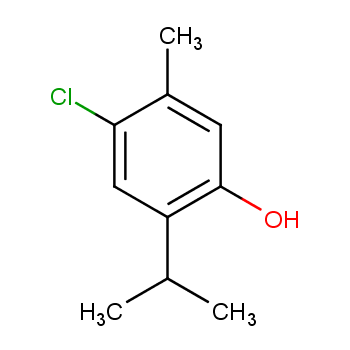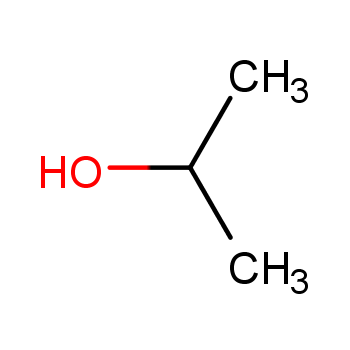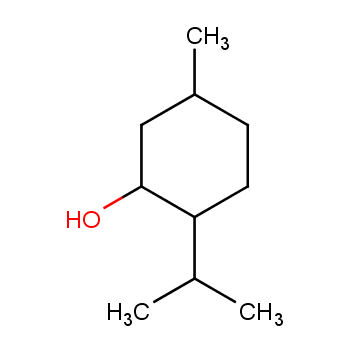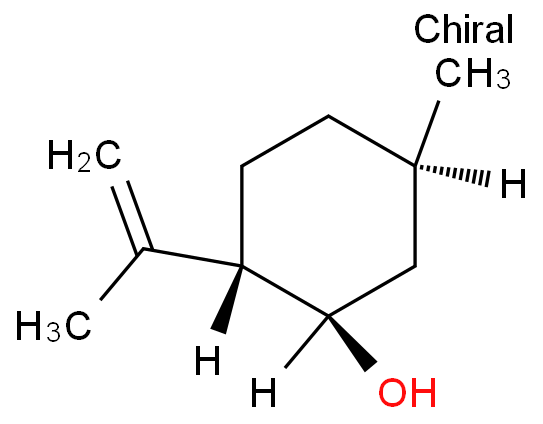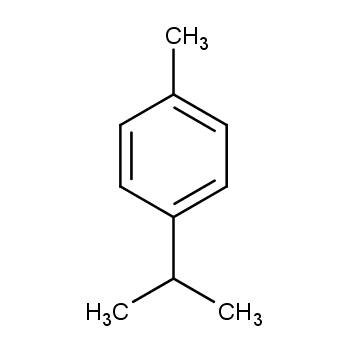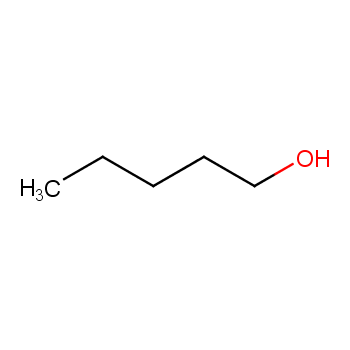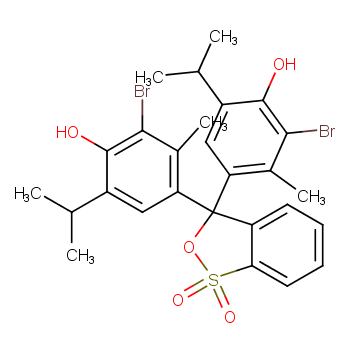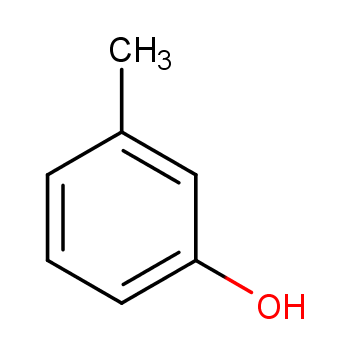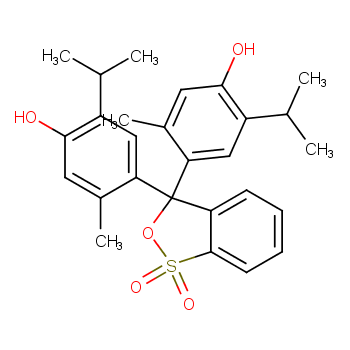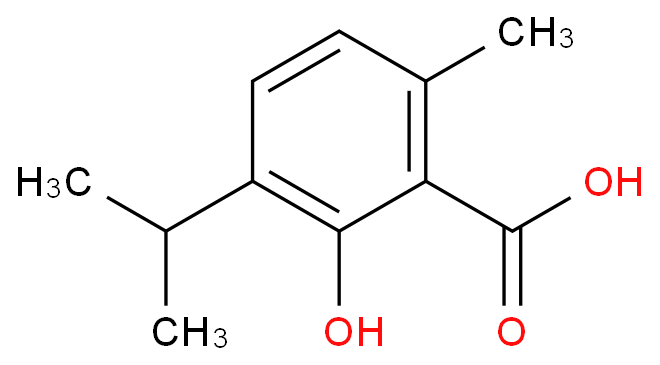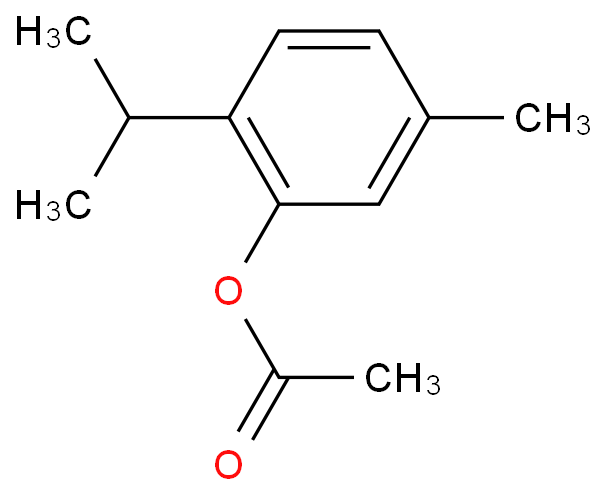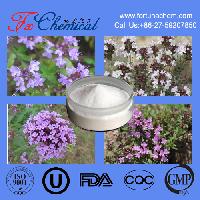| cat |
LDLo |
oral |
250mg/kg (250mg/kg) |
? |
"Handbook of Toxicology," 4 vols., Philadelphia, W.B. Saunders Co., 1956-59Vol. 5, Pg. 172, 1959. |
| dog |
LDLo |
intravenous |
150mg/kg (150mg/kg) |
LUNGS, THORAX, OR RESPIRATION: DYSPNEA |
Therapie. Vol. 3, Pg. 109, 1948. |
| frog |
LDLo |
subcutaneous |
150mg/kg (150mg/kg) |
? |
"Handbook of Toxicology," 4 vols., Philadelphia, W.B. Saunders Co., 1956-59Vol. 5, Pg. 172, 1959. |
| guinea pig |
LD50 |
oral |
880mg/kg (880mg/kg) |
BEHAVIORAL: TREMOR
GASTROINTESTINAL: GASTRITIS
BEHAVIORAL: COMA |
Food and Cosmetics Toxicology. Vol. 2, Pg. 327, 1964. |
| guinea pig |
LDLo |
intraperitoneal |
300mg/kg (300mg/kg) |
? |
"Handbook of Toxicology," 4 vols., Philadelphia, W.B. Saunders Co., 1956-59Vol. 5, Pg. 172, 1959. |
| guinea pig |
LDLo |
subcutaneous |
1100mg/kg (1100mg/kg) |
? |
"Handbook of Toxicology," 4 vols., Philadelphia, W.B. Saunders Co., 1956-59Vol. 5, Pg. 172, 1959. |
| mouse |
LD50 |
intraperitoneal |
110mg/kg (110mg/kg) |
BEHAVIORAL: SOMNOLENCE (GENERAL DEPRESSED ACTIVITY)
BEHAVIORAL: ATAXIA |
Quarterly Journal of Crude Drug Research. Vol. 19, Pg. 1, 1981. |
| mouse |
LD50 |
intravenous |
100mg/kg (100mg/kg) |
BEHAVIORAL: SLEEP |
Journal of Medicinal Chemistry. Vol. 23, Pg. 1350, 1980. |
| mouse |
LD50 |
oral |
640mg/kg (640mg/kg) |
PERIPHERAL NERVE AND SENSATION: SPASTIC PARALYSIS WITH OR WITHOUT SENSORY CHANGE
LUNGS, THORAX, OR RESPIRATION: RESPIRATORY STIMULATION |
Osaka Shiritsu Daigaku Igaku Zasshi. Journal of the Osaka City Medical Center. Vol. 5, Pg. 111, 1956. |
| mouse |
LD50 |
subcutaneous |
243mg/kg (243mg/kg) |
BEHAVIORAL: SOMNOLENCE (GENERAL DEPRESSED ACTIVITY)
SKIN AND APPENDAGES (SKIN): HAIR: OTHER |
Osaka Shiritsu Daigaku Igaku Zasshi. Journal of the Osaka City Medical Center. Vol. 5, Pg. 111, 1956. |
| rabbit |
LDLo |
intravenous |
60mg/kg (60mg/kg) |
? |
"Handbook of Toxicology," 4 vols., Philadelphia, W.B. Saunders Co., 1956-59Vol. 5, Pg. 172, 1959. |
| rabbit |
LDLo |
oral |
750mg/kg (750mg/kg) |
? |
Journal of Pharmacology and Experimental Therapeutics. Vol. 17, Pg. 261, 1921. |
| rat |
LD50 |
oral |
980mg/kg (980mg/kg) |
BEHAVIORAL: SOMNOLENCE (GENERAL DEPRESSED ACTIVITY)
BEHAVIORAL: ATAXIA
BEHAVIORAL: COMA |
Food and Cosmetics Toxicology. Vol. 2, Pg. 327, 1964. |
| rat |
LDLo |
subcutaneous |
1600mg/kg (1600mg/kg) |
? |
"Handbook of Toxicology," 4 vols., Philadelphia, W.B. Saunders Co., 1956-59Vol. 5, Pg. 172, 1959. |
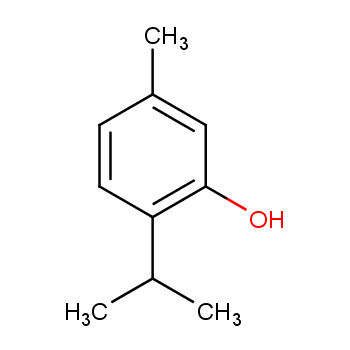
 EN
EN

 C,
C, N
N









